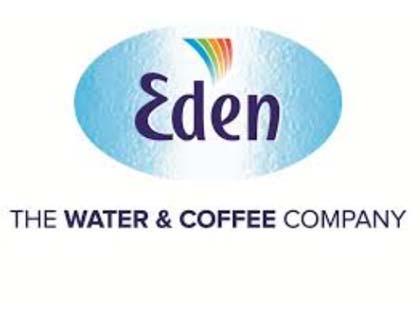0800 011 4531
Call FREE: Mon-Thu: 08:30-17:00 Friday: 08:30-16:00
The water cooler has been part of office furnishings for some time. Shortly after its inception the office water cooler became standard in most offices, and that's where many employees gravitated to when they needed to talk about something urgently and not within earshot of the boss. Let's take a look at the history of the water cooler and its place in the work environment:
A water cooler is, pretty obviously, a device that dispenses cool water, and has changed quickly and dramatically since its origin in the early 1900s. In 1906, Halsey Willard Taylor and Luther Haws invented the first drinking water fountain. In 1911, Haws patented the water faucet. Taylor was a sanitary inspector for the city of Berkeley, which enabled him to observe that school children who consumed contaminated water were likely to be in poor health. This motivated Taylor to invent the drinking water fountain. The drinking water process was changed by The Halsey Taylor Company and Haws Sanitary Drinking Faucet & Co., whose intent was to provide purified water. The drinking faucet invented by Haws was the first drinking faucet installed at the Berkeley school department. So the drinking fountain was created...but it provided drinking water at room temperature. The water temperature had to be cool to kill microorganisms that could contaminate the water, as water coolers did not have a water treatment method to purify the water. The early process of providing drinking water at a cool temperature entailed using big ice blocks to cool the water – this made the water coolers big, heavy and awkward. The process of the evolution of the water cooler continued. In a relatively short period of time, the water cooler evolved into a lighter, more compact unit. As technology improved, water coolers were equipped with internal purifying systems.
With advancing technology water coolers have become more environmentally- and user-friendly, contributing to a growing demand both in work and home environments. If you check out the Energy Star ratings of modern water coolers you will find that they use very little energy, and today's water coolers allow you to reuse bottles up to 50 times rather than discarding them when empty. You can even use be creative and use bottles for building and art projects at the end of their life (otherwise they're carefully recycled). Alternatively, plumbed in water coolers take water directly from the mains and mean you don't have any bottles to deal with at all, and are certainly a step up from the drinking fountains of the 1900s.
The phrase "Meet me at the water cooler" originated in the workplace as water coolers became commonplace thanks to the significant benefits of good employee hydration. The office water cooler became the "hub" for casual conversation and gossip because it was often located away from cubicles or offices – when an employee would want to chat or gossip, he or she would whisper to another employee, "Meet me at the water cooler" so they could talk in relative privacy. With the new concepts and designs, the water purity, environmental-friendliness, and affordability of today's water cooler, some would say that it has become more of a necessity than a convenience. Yes, the water cooler has come a long way from its humble origin. So why don't you "Meet someone at the water cooler?"
